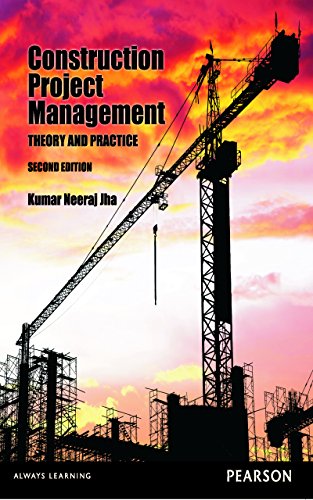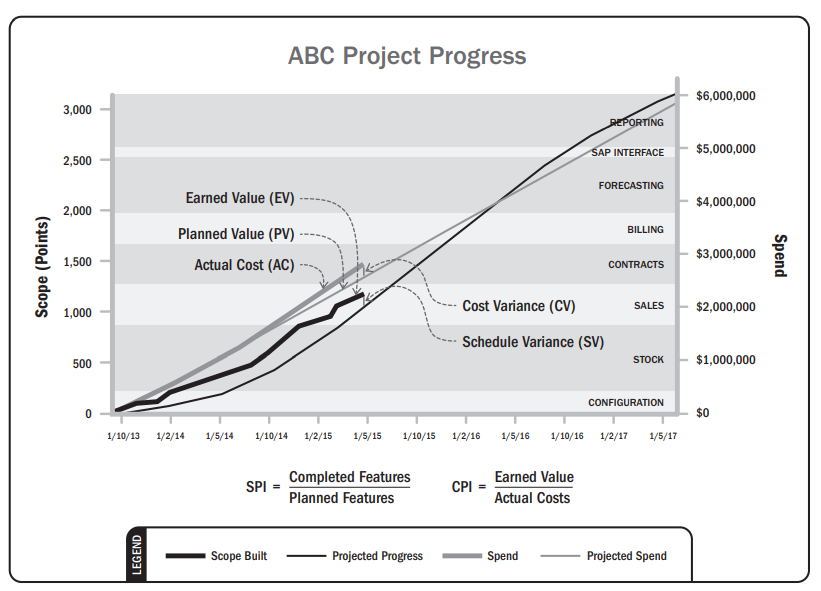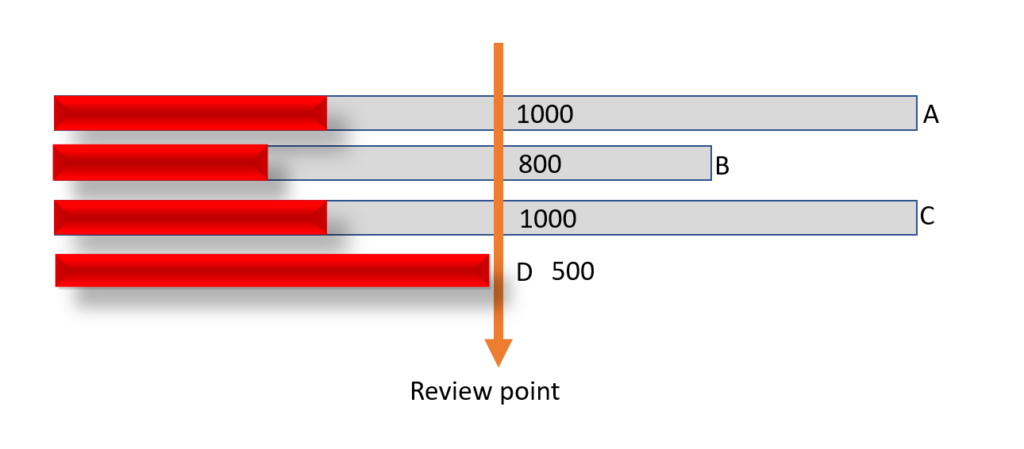Project Management Research Institute highly recommend this book “Construction Project Management – Theory & Practice” by Prof Kumar Neeraj Jha as one of the reference books for mastering Construction Project Management This is one of the best books available about Construction Project Management with relevance to the Indian Construction industry.
Contents
- Introduction
- Project organization
- Construction economics
- Clients estimation of project cost
- Construction contract
- Construction planning
- Project scheduling & resource levelling
- Contractors estimation of cost & bidding strategy
- Construction equipment management
- Construction accounts management
- Construction material management
- Project cost and value management
- Construction quality management
- Risk and insurance in construction
- Construction safety management
- Project monitoring & control system
- Construction claims, disputes and project closure
- Computer applications in scheduling, resource levelling, monitoring & reporting
- Factors behind the success of a construction project
- Linear programming in construction management
- Transportation, trans-shipment and Assignment problems




